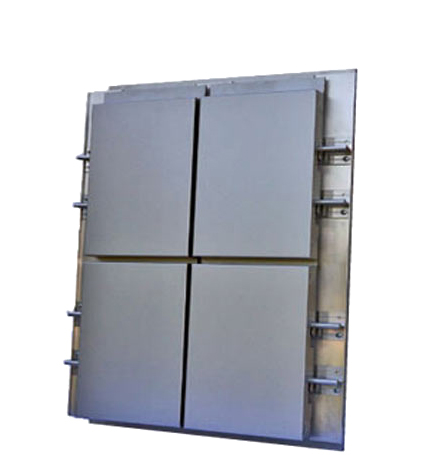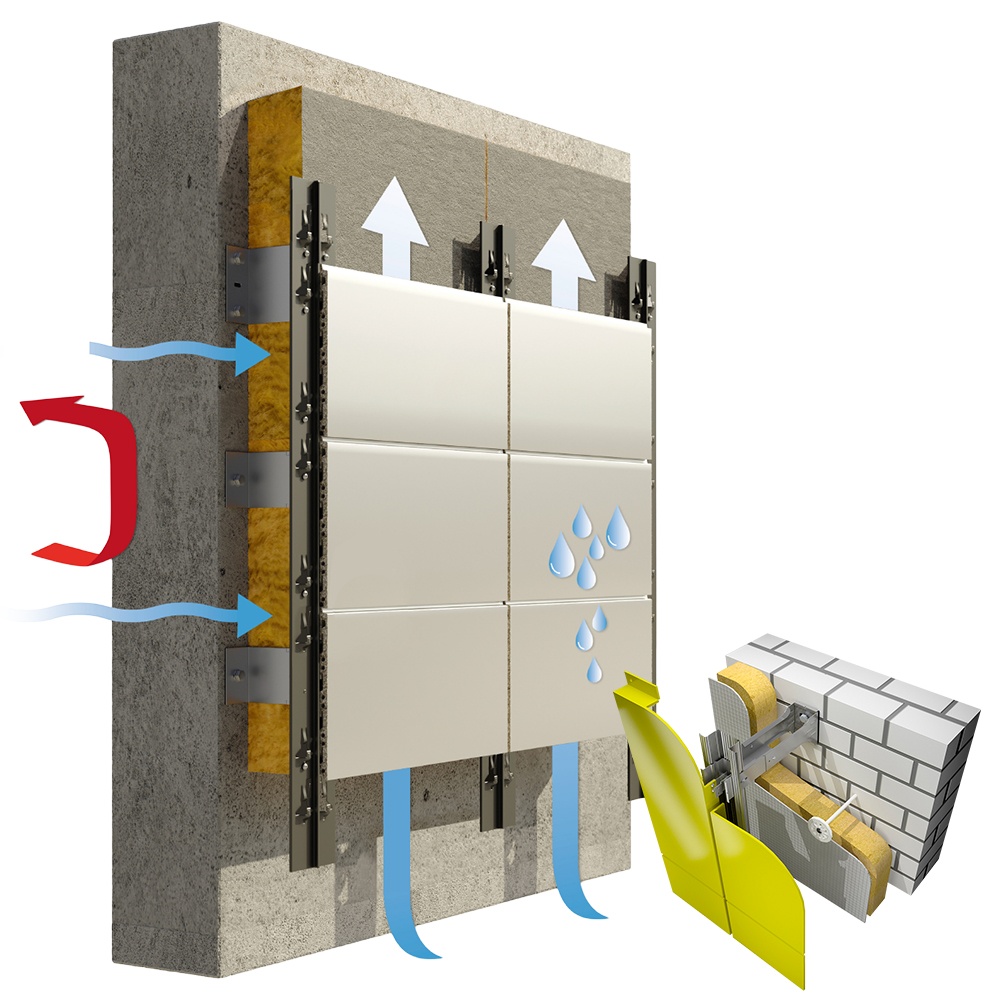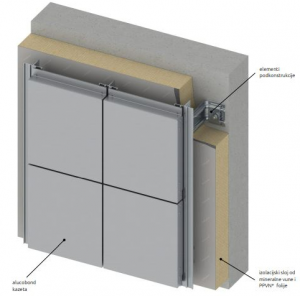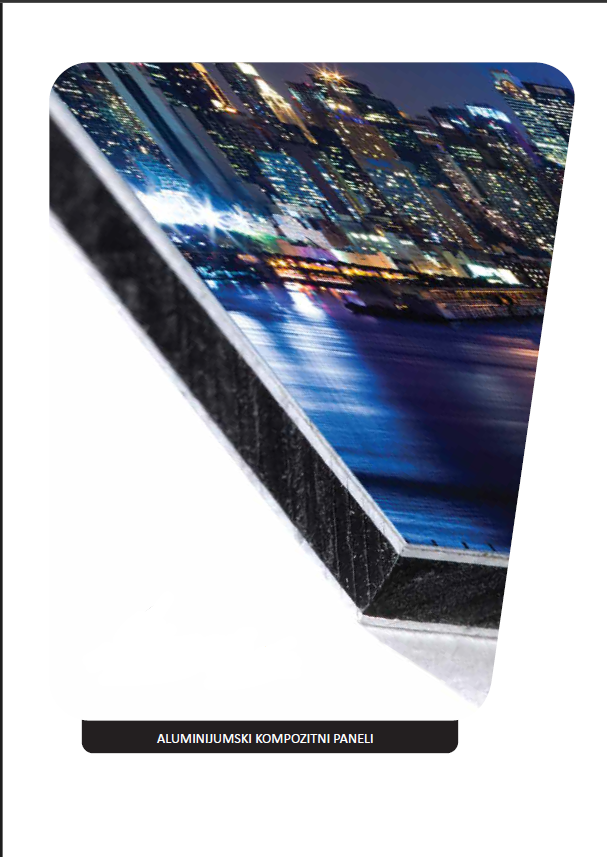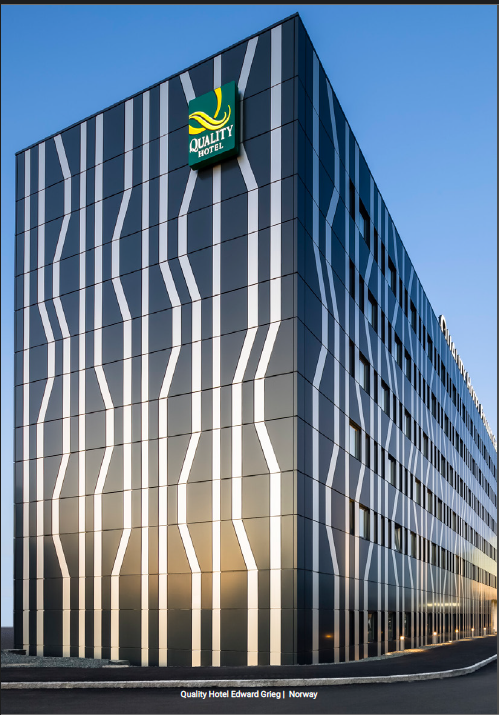Alubond (Eng Alucobond) is definitely a material that marked the architecture from the beginning of this century.The material that is present on a large number of business buildings and industrial complexes, every intrusion in the eye and thus became synonymous with business 2.milenia.What are the characteristics and why is so present, we will try to explain in this text!
The full name of this material is an aluminum composite panel;Which means that these panels are made of aluminum (double-sided plates) between which is an insulating charging.Alubond plate is created by two aluminum sheets thickness (most common) 0.5mm.Polyester masses, these sheets are connected to the 3,4,68mm thick slabs.Insulating charging is most often made up of polyester core (PE) which is integrated on the panel so-called "sandwich" process.
Alubond panels can be made in large dimensions, are easy to install, and the great reason for their popularity lies in the ratio of prices;Alubond is a material that is resistant to atmospheric influences, and it is characterized by excellent thermal and fire-resistant properties.
This material is extremely easy to process, can be performed by any bow or shape, is easily bonded and installed, so it is possible to see columns, casualties and other (seemingly) complicated elements of building facades that are coated with alubond material.
The most commonly used color of these plates is gray - metallic, is characteristic of modern facades.However, the final processing of this material provides us with a really wide range of possibilities;Alubond panels can imitate the appearance of other materials such as marble or wood.Also, the finish can be plasticized, mutual or anodized.
Alubond belongs to waterproof materials, is also resistant to shocks (depends on sheet metal thickness), great absorbs and vibrations, also resistant to the effects of industrial pollution.As is the case with other aluminum products, Alubond is completely recyclable.
Sound insulation is one of the extremely important features of Alubond.This material reduces forest levels ranging from 23 to 25 dB - another reason to be used to cover buildings in urban zones that are exposed to a large concentration of traffic noise and in industrial zones.
In addition to all the mentioned traits, this material meets the anti-fire conditions of the B2 according to DIN 4102, a thermal dilatation of the 2.7mm at a temperature difference of 100 Celsius, and on a 1mm temperature difference of 50 Celsius.In all the mentioned characteristics, the solution of the mystery of great popularity / application of this material lies.
